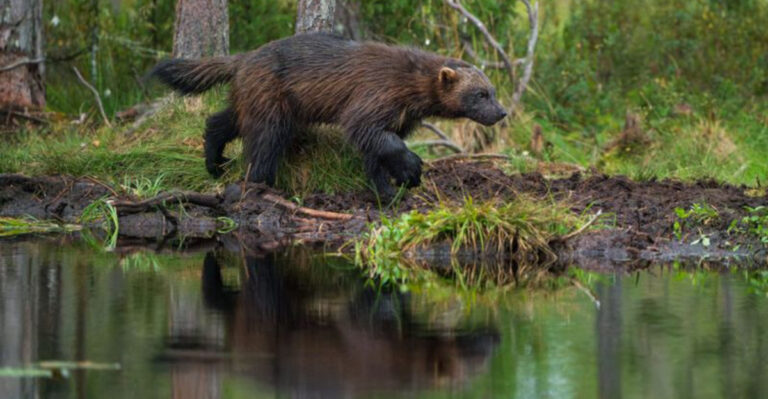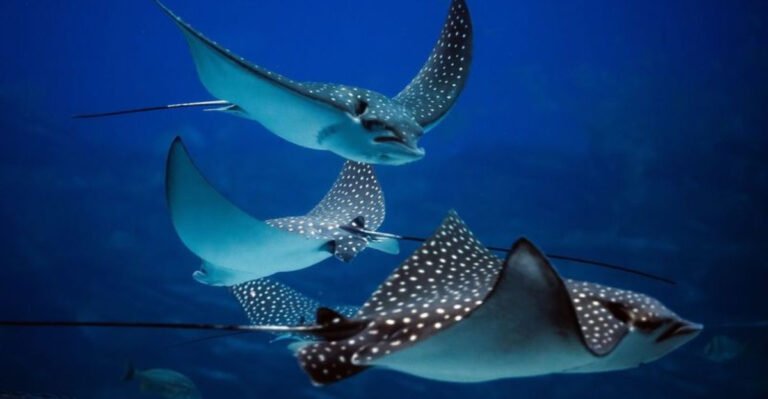10 Most Dangerous Shark-Infested Waters And 4 Places Where Sharks Are Rare
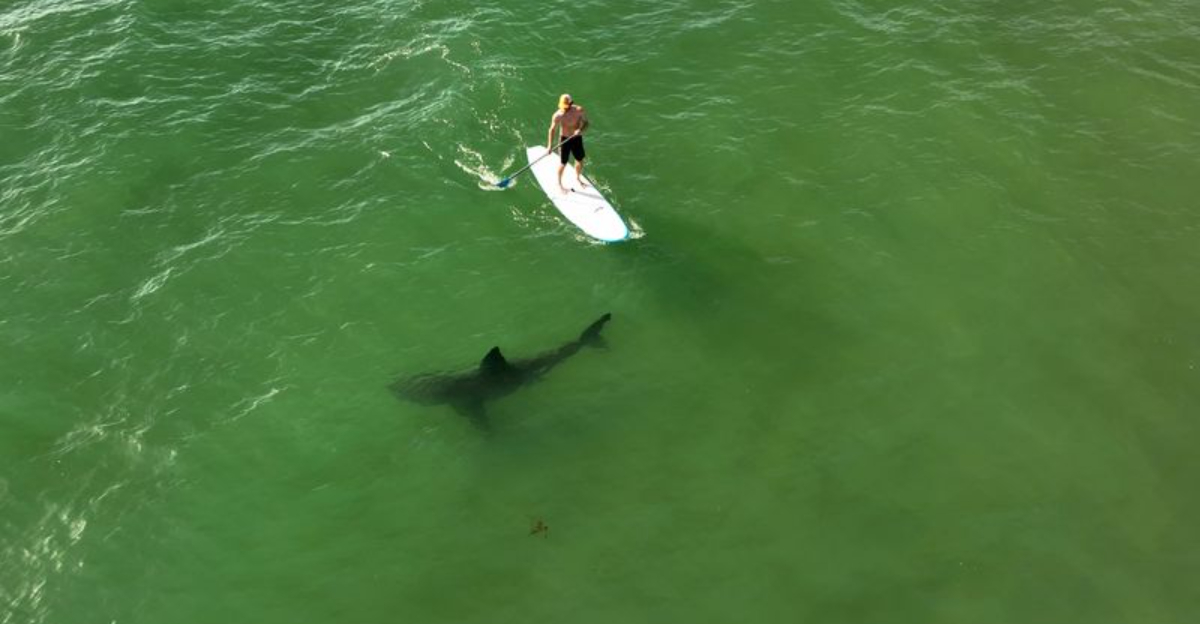
Ever wondered where sharks are most likely to give you a toothy hello? Some ocean hotspots have earned a reputation as shark attack capitals, where these powerful predators patrol the waters with surprising frequency.
But don’t cancel your beach vacation just yet! There are also several places around the globe where encountering these magnificent creatures is as rare as finding treasure.
1. New Smyrna Beach, Florida: The Shark Attack Capital
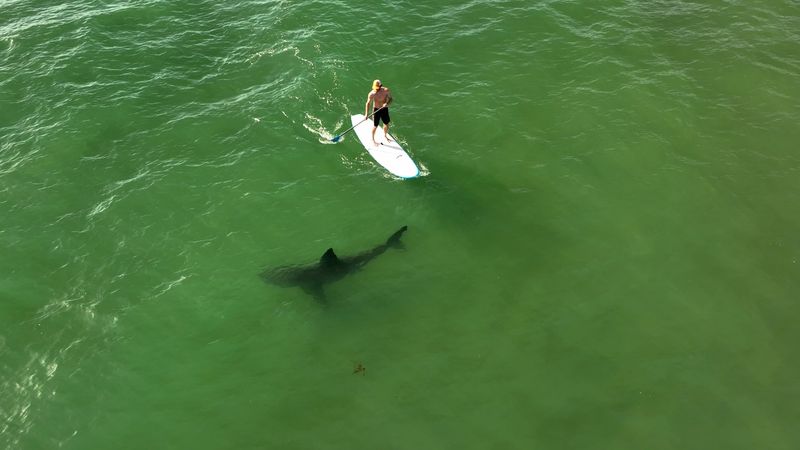
Surfers beware! This seemingly peaceful stretch of Florida coastline holds the unwanted title of ‘Shark Attack Capital of the World.’ The murky water conditions and abundant fish create the perfect storm for mistaken identity bites.
Most encounters here involve blacktip and spinner sharks who mistake splashing humans for fish. Despite the scary statistics, fatalities remain extremely rare, with most bites classified as minor.
2. Recife, Brazil: The Deadly Bull Shark Haven
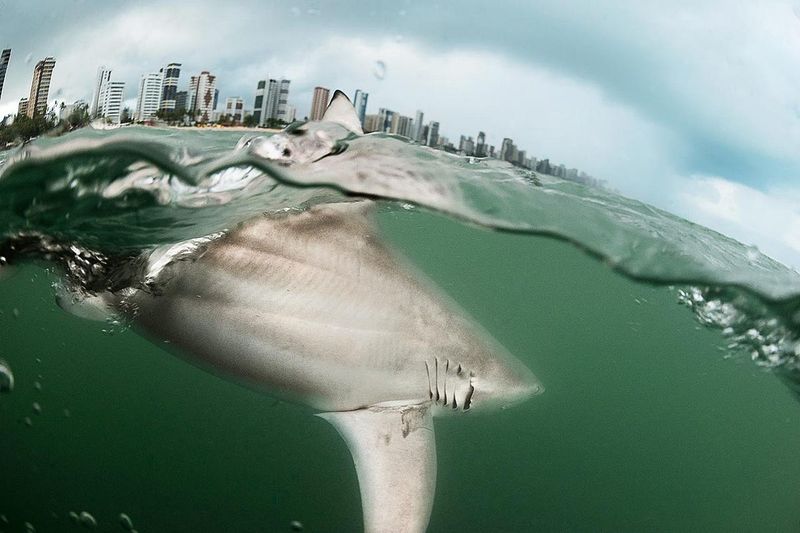
What makes Recife’s waters particularly terrifying isn’t the number of attacks but their deadly nature. Since 1992, over 60% of shark encounters here have proved fatal – a staggeringly high percentage compared to global averages.
Bull sharks, among the most aggressive species, dominate these waters. Construction of a nearby port disrupted their natural habitat, forcing them closer to popular swimming areas. Local authorities now employ spotters and strict swimming restrictions.
3. Western Australia’s Deadly Coastline
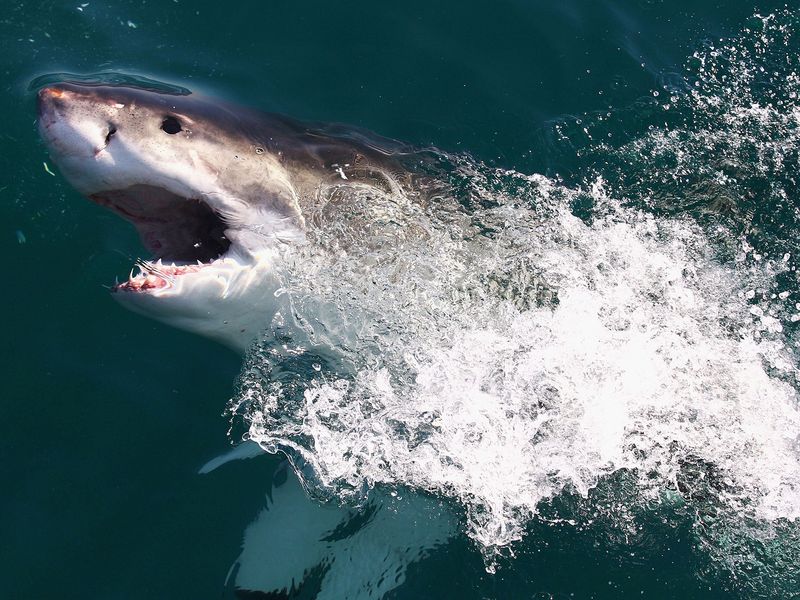
The pristine beaches along Western Australia hide a deadly reality. This vast coastline has witnessed a shocking spike in fatal great white attacks since 2010, earning it the grim nickname ‘The Great White Highway.’
Marine biologists point to protected seal colonies that attract these massive predators. The remote nature of many attack locations means emergency help often arrives too late. Drone surveillance programs now monitor popular swimming spots.
4. South Africa’s False Bay: Great White Territory

Famous for its breaching great whites that launch themselves skyward while hunting seals, False Bay has long been shark territory. The hunting grounds around Seal Island create one of nature’s most spectacular predator-prey relationships.
Cage diving operations here give thrill-seekers close encounters with these massive predators. Despite their fearsome reputation, attacks on humans remain relatively rare, though several fatal incidents have occurred at nearby beaches.
5. Volusia County’s Shark-Filled Waters
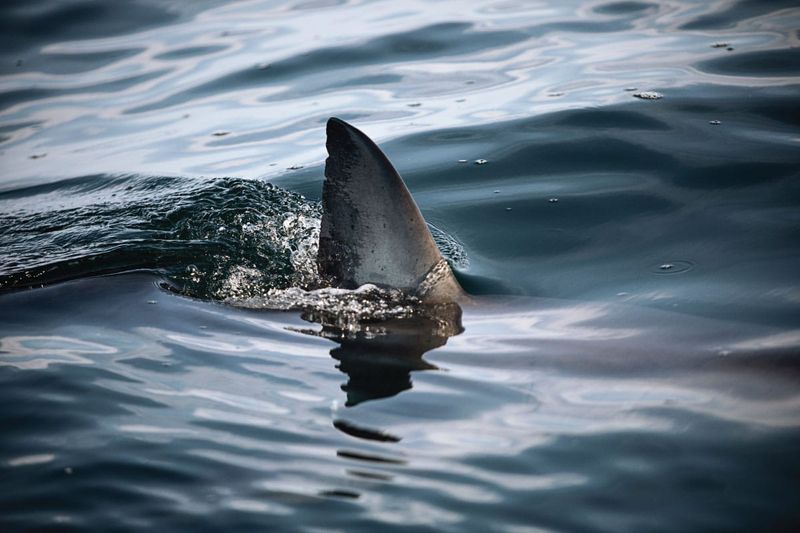
Beyond just New Smyrna Beach, the entire Volusia County coastline ranks as a shark encounter hotspot. The unique geography creates a natural fish highway that attracts numerous shark species year-round.
Most attacks occur in shallow water where visibility is poor. Local surfers have developed a strange nonchalance about shark encounters – many consider a bite almost a badge of honor! Purple flags warn beachgoers when sharks are spotted nearby.
6. North Shore, Oahu: Tiger Shark Territory
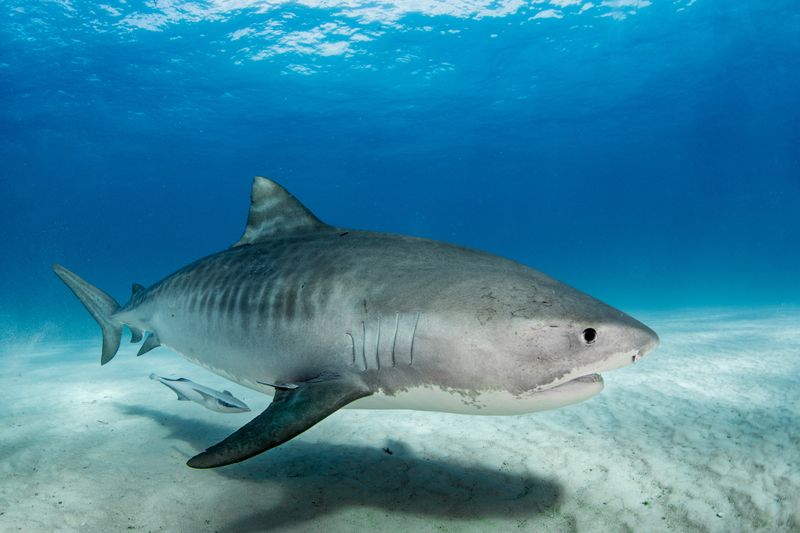
Hawaii’s legendary surf breaks attract both wave-riders and tiger sharks in equal measure. The North Shore of Oahu has recorded numerous attacks, particularly during the winter big wave season when murky water conditions prevail.
Tiger sharks can reach enormous sizes here, with some specimens exceeding 15 feet. Hawaiian cultural traditions view these creatures as ‘aumakua’ or family guardians, deserving respect rather than fear. Warning systems alert surfers when sharks are spotted.
7. Reunion Island’s Shark Crisis

This tropical paradise in the Indian Ocean has faced a devastating shark crisis. Since 2011, this small island has experienced an unprecedented surge in attacks, many fatal, prompting authorities to ban swimming and surfing in most areas.
Bull and tiger sharks patrol these waters aggressively. Theories about the attack spike range from overfishing to a nearby marine reserve that may have altered shark behavior. Some brave locals still surf inside netted areas.
8. Second Beach, South Africa: The Danger Zone
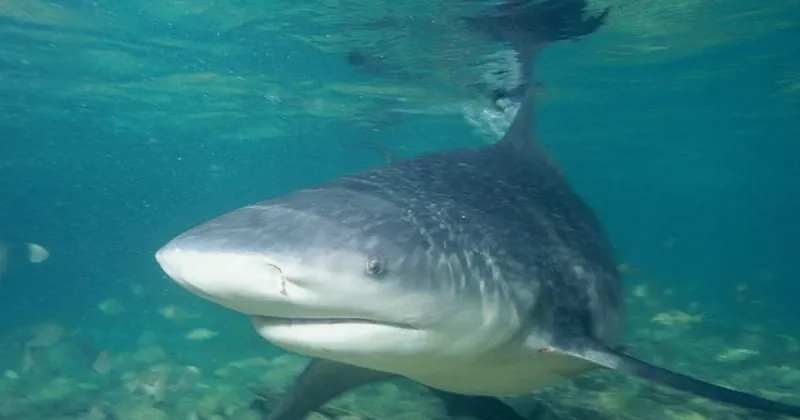
Located in the Eastern Cape, Second Beach in Port St. Johns has earned the sinister nickname ‘the world’s deadliest beach.’ This small stretch of coastline has seen a shocking concentration of fatal shark attacks, mostly involving bull sharks.
Local beliefs attribute some attacks to witchcraft, but scientists point to river mouths, murky water, and livestock remains washing into the sea. Despite the dangers, economic necessity drives locals to continue using these waters.
9. Morro Bay, California: Great White Hunting Grounds

Central California’s cold, nutrient-rich waters create the perfect hunting ground for great white sharks. Morro Bay’s distinctive rock formation watches over waters where these apex predators stalk sea lions and occasionally mistake surfers for prey.
The region’s elephant seal colonies act as shark magnets. October through March marks the highest risk period. Despite the danger, the area remains popular with wetsuit-clad surfers who brave the chilly waters and their toothy residents.
10. The Bahamas’ Tiger Beach: Predator Playground

Unlike other entries, Tiger Beach is dangerous by design – it’s where thrill-seekers deliberately seek close encounters with dozens of massive tiger sharks. This underwater plateau off Grand Bahama Island attracts shark tourism despite the obvious risks.
Divers here experience tigers up close without cage protection. Controversial feeding practices have conditioned these predators to associate humans with food. Despite the potential danger, attacks remain surprisingly rare due to strict protocols and experienced guides.
11. The Baltic Sea: Shark-Free Waters
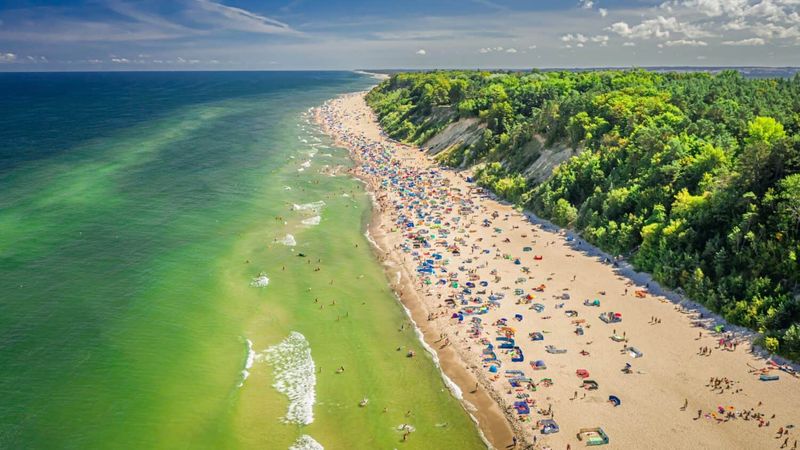
Fancy a swim without shark worries? The Baltic Sea offers just that! Its brackish waters and frigid temperatures create an environment too harsh for most shark species to tolerate.
The low salinity particularly deters sharks, who need salt water for their specialized kidneys to function properly. While small species like spiny dogfish occasionally wander in, the chance of encountering a dangerous shark here is virtually zero.
12. The Dead Sea: Too Salty For Sharks
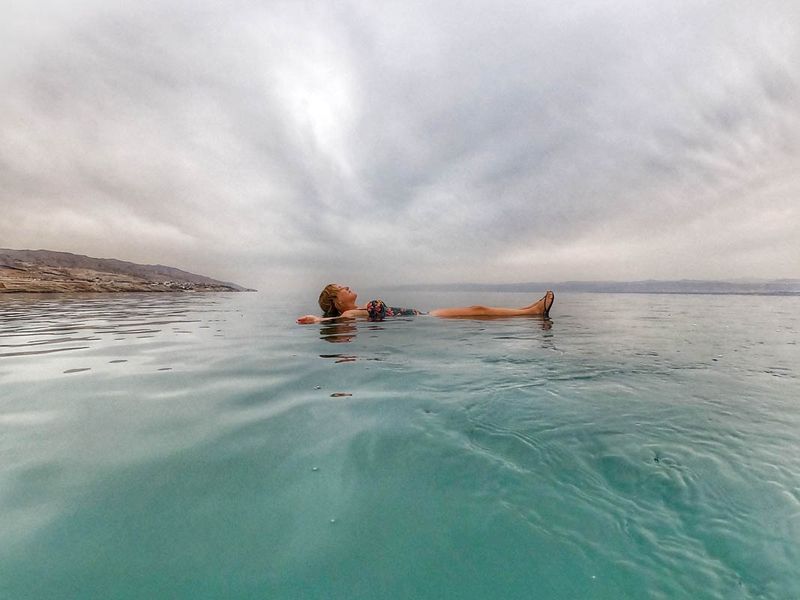
Nothing survives in the Dead Sea – not even the ocean’s most adaptable predators! With salinity levels nearly ten times higher than normal seawater, this famous body of water creates an environment completely hostile to shark life.
Visitors float effortlessly on the surface without any fear of finned visitors below. The extreme mineral content would damage sharks’ specialized skin and gill systems instantly. It’s perhaps the only place on earth with a 100% guarantee of no sharks.
13. The UK’s Chilly Coastal Waters

Britain’s beaches rarely make shark attack headlines for good reason. The cold waters surrounding the UK host only a few non-dangerous shark species, with the basking shark – a gentle plankton eater – being the most common large visitor.
While blue sharks occasionally appear offshore, they rarely approach swimmers. The last confirmed unprovoked shark bite in British waters occurred in 1847! Climate change might eventually alter this shark-safe status as waters warm.
14. Canadian Arctic Waters: Too Cold For Comfort
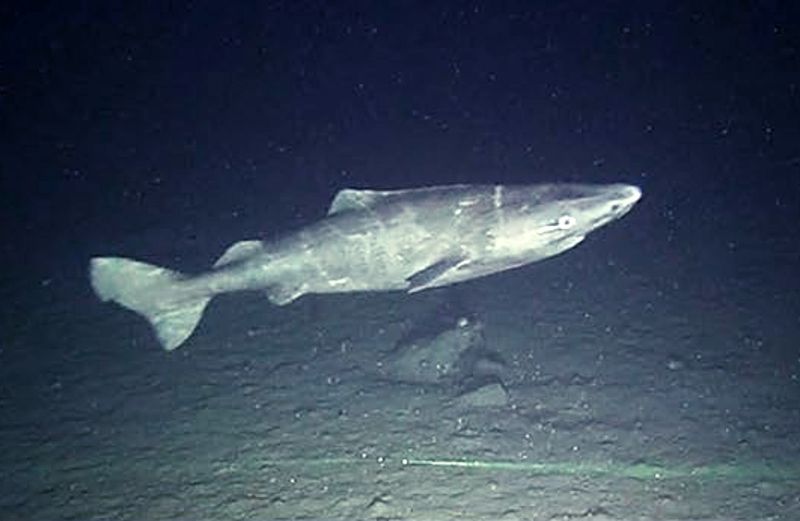
Polar bears might pose a threat in the Canadian Arctic, but sharks? Not so much! These frigid northern waters remain too cold for most shark species, creating a natural shark barrier.
The Greenland shark does inhabit these regions but prefers deep water and has never been documented attacking humans. Its flesh contains toxins that cause extreme intoxication when consumed – perhaps nature’s way of protecting this slow-moving Arctic dweller from human predation.

